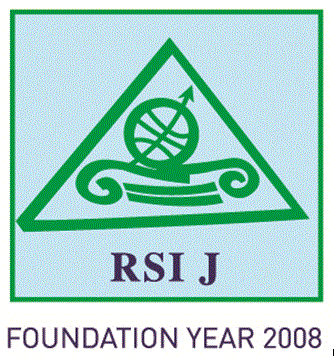Funda YIRMIBESOGLU
Istanbul Technical University, Faculty of Architecture
funday@itu.edu.tr
Nilgun ERGUN
Istanbul Technical University, Faculty of Architecture
Abstract
Beyoglu, which is one of two most important historical centers in the 17 million Istanbul, and where a gentrification process is being implemented since the 1980’s. This research is based on the differences in physical, demographical and economical characteristics of Istanbul’s districts, which show a rise in ratios of crime, especially in the city center such as the Beyoglu and Eminonu districts. In the Beyoglu central district which is economically better developed and with mixed land usage, differentiation in day/night population will be analyzed in order to determine how this could affect increase in crime.
The crime survey is conducted in the Beyoglu district between 2006 and 2008. The questionnaire results provide an insight into the mapping of crime in Beyoglu streets. The purpose of the study with this questionnaire is also to analyze fear from crime in the Beyoglu streets. At the end of the research, crime prevention strategies are going to be improved and new suggestions will be presented for the streets where crime rates are high.
read more
